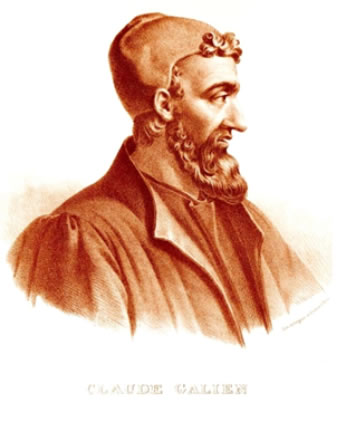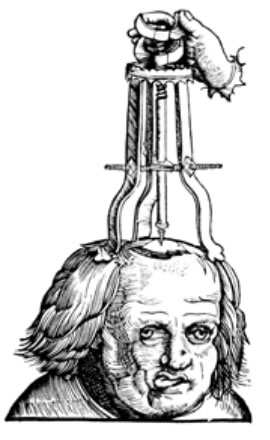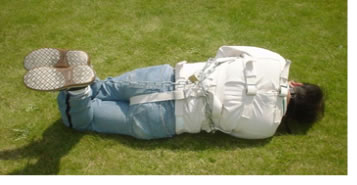History
As an area of interest, psychology has been around for a long time and people have been trying to find out and explain the differences between normal and abnormal behavior.
The attempts to look at and understand abnormal behavior goes back to the Greeks and spans the time to today.
Ideas, beliefs and attitudes towards abnormal behavior have gone from believing that people were possessed to believing that people can become mentally ill and are in need of treatment.
The Greeks
The history of mental illness and trying to find a cause for it dates back to the ancient Greeks.
Two names stand out and they are Hippocrates and Galen.
Hippocrates believed that mental illnesses were the result of natural causes as opposed to supernatural causes. One of his theories stated that there were four possible fluids that a person could have in their body. They were blood, phlegm, black bile and yellow bile.

Galen was the first to believe and teach that the psychic functions of the brain were the foremost cause of mental illness.

Middle Ages
The middle ages looked at abnormal behavior to have been caused by demonic possession.
Older practices such as trepanation, or making holes in the skull to release demons were replaced by the religious practice of exorcism.

Exorcism was the religious driving out of demons and devils by clergy who laid hands on the mentally ill and prayed and splashed holy water on them as a means to drive out the devil.
During this time, a Persian physician wrote the Canon of Medicine in which he set out principles for the possible testing of drugs to use on the mentally ill.
The Renaissance
As history progressed through the Renaissance, the mind view of mental illness predominated, and with it, the belief that the victims were to blame for their possession.
Possession made a stigma of mental illness and resulted in society wanting to get rid of the mentally ill. The most severe were chained to walls and made victim to awful treatment, such as the spinning chair, the confining chair, and the confining bed.
The mentally ill were sent to large buildings called asylums where treatments were horrible if not barbaric. The mentally ill were packed into these asylums with the criminally insane with the hopes that all of them would just die.
One of the worst asylums was in Bethlem, England, where chaos was the rule.
A Spanish nun, Teresa of Avila, established the conceptual framework that the mind, like the body, could become ill.

At the same time in Germany, Johann Weyer was using scientific skepticism to refute demonic possession.

18th and 19th Centuries
During the 18th and 19th centuries, changes occurred in the treatment of the mentally ill.
In France, Philippe Pinel pioneered a compassionate medical model for the treatment of the mentally ill, and he established a humane hospital for them in Paris.

In the United States, a lady named Dorothea Dix advocated and won humane treatment for the mentally ill.

Because of Dix's efforts, Benjamin Rush, the founder of American Psychiatry, helped established hospitals for the humane treatment of the mentally ill in the United States.

Treatment in the hospitals was the same as it was for other patients. In short, the mentally ill were treated as human beings.
One of the treatments was to confine patients in straightjackets. It seems barbaric, but it was done to protect the mentally ill from themselves and from getting hurt.

20th Century
Developments in technology, especially in the ability to scan the brain, have added to the knowledge of the biological basis of psychological disorders.
In the late 1950s, the addition of psychopharmacology, or the use of drugs to deal with the symptoms of for mental illness, greatly advanced treatment.
A highly controversial treatment was started in 1935, and is rarely used today is the pre-frontal lobotomy.
Pre-frontal lobotomies were performed by taking ice picks or ice pick-like instruments and placing them up the nose of the patient and into the brain.
The idea was to separate the pre-frontal lobe from the thalamus to reduce the symptoms of severely mentally diseased people.
Lobotomies are still a rare treatment today, but these are looked at as barbaric and highly controversial, and they are rarely performed.